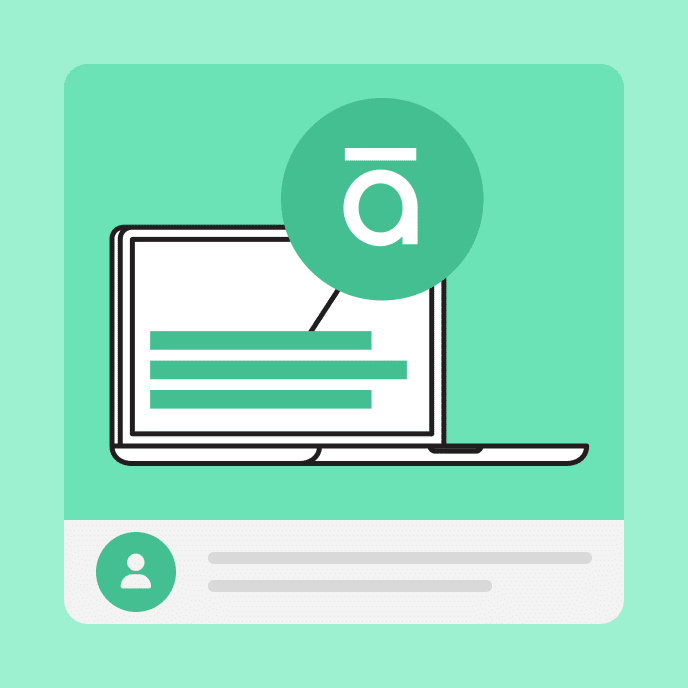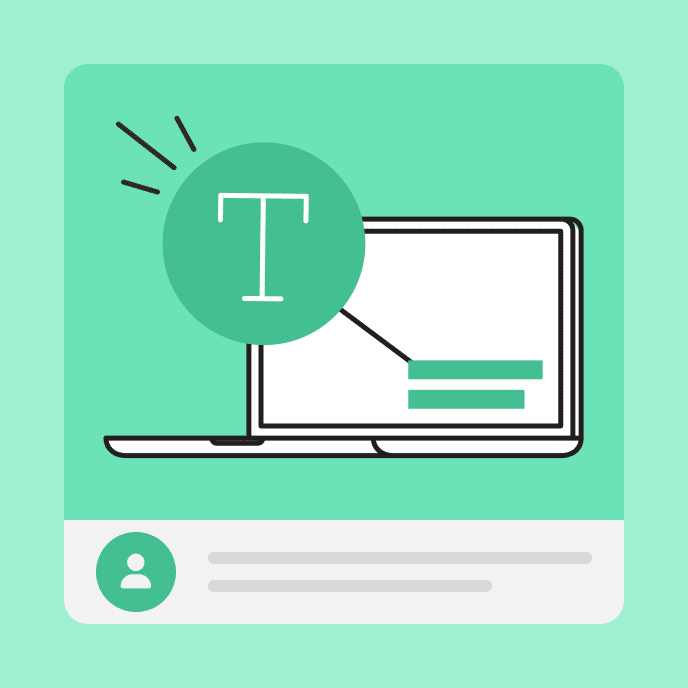The Best Soft Skills to Develop Now
Learn why adaptability is the absolute best soft skill to develop in order to unlock business and personal growth.

Of three top skills, one outranks them all
Job descriptions usually include both “soft” and “hard” skills. Hard skills like operating a forklift or writing code are straightforward to learn and demonstrate. But soft skills—behaviors and personal attributes that help people interact well with others—are trickier to measure. Yet we know that they’re critical to success.
Think about studies that show doctors with a good bedside manner are much less likely to face a malpractice lawsuit than those with poor people skills. Or research showing that a politician’s charisma directly impacts ballot outcomes and public compliance with government policies.
Similarly, in business, both hard and soft skills are crucial to motivate, innovate, drive organizational change, and impact growth. Among the most sought-after top soft skills in the workplace are communication, problem-solving, and adaptability.
This post explores why adaptability is the number one soft skill to develop right now. To learn more about unlocking business growth with soft skills training, read our e-book, The Top 3 Soft Skills Your Employees Need in the New World of Work.
Key Takeaways
Among interpersonal skills, why is adaptability so important?
We’re in an era where change accelerates faster than ever before. Technological advances, globalization, and swift organizational change make adaptability a natural front-runner for “soft skills MVP.” In fact, a Harvard Business Review survey of 1500 executives in 90 countries identified adaptability as the most important leadership trait today—outperforming the next skill on their survey by 23 points.
The need to quickly and skillfully pivot from one set of expectations to another was certainly evident during the pandemic—but the pace hasn’t let up in the new world of work. Organizations must recognize that adaptability is essential to long-term success and cultivate it as “an evergreen skill,” according to McKinsey Research. Doing so keeps workforces nimble and empowers employees to respond to escalating and persistent change. Their findings showed that continually nurturing adaptability allowed companies to thrive and improve the bottom line, regardless of change pressures.
Developing soft skills: Is it possible to teach adaptability?
We often think of soft skills as innate and hard to teach. You have it, or you don’t.
However, research shows that this assumption is false. Soft skills are trainable and measurable. Moreover, employers must prioritize cultivating soft skills in an age where automation and AI drive significant changes in how we work. Soft skills become the differentiating value proposition between humans and machines.
Dr. Chamorro-Premuzic, an expert in leadership psychology, states that “focused training interventions” are vital to building soft skills like adaptability. Furthermore, research shows that these targeted actions work. He cites successful outcomes from coaching, online training, and leadership interventions to build creativity, empathy, and sales performance.
In another example, McKinsey consulted with a company whose comprehensive digital adaptability program included short online training components followed by emailed “nudges” to reinforce learning. Post-program analysis uncovered 2.7x better adaptability behaviors and 3x better outcomes between the control group and those who spent 4 to 6 hours learning adaptability over the three-month program. Both authors noted online learning interventions played a key role in training for evergreen adaptability.
Building an adaptability culture at work
Building an adaptable workplace at scale means adaptability has to be central to company culture. Yet a recent SHMR survey showed that employers too often fall short. More than 84 percent of employees say soft skill training is crucial, but 55 percent say they need more training to succeed.
For HR teams, that means focusing on strong soft skills even before candidates become employees. Targeted behavioral questions can assess potential candidates’ soft skills. From there, HR leaders can weave behavioral expectations into the onboarding process.
Additionally, leaders should consider a baseline soft skills employee assessment. This evaluation is the first step in matching organizational needs with targeted training interventions. An online platform with tools like drag-and-drop sorting and multiple response questions allows HR teams to quickly and efficiently understand what learners know—or don’t.
Furthermore, learning and development leaders can use this information to tailor learning opportunities and leverage science-backed approaches like microlearning, gamification, and interactive branching scenarios to nurture employees’ adaptability skills. Interactive and responsive tools enhance a learners’ ability to engage with and practice real-life challenges in a low-stakes environment. Delivering frequent reinforcement opportunities in microlessons keeps learning top-of-mind. Finally, online training interventions that help build adaptability and other soft skills allow you to measure progress in real time—and, more importantly, demonstrate impact.
Develop soft skills and cultivate adaptability with online learning
While critical thinking, communication, leadership, and problem-solving skills top many resumes, adaptability is the skill that can put you head and shoulders above the rest. Adaptability helps you pivot quickly, respond, and move on as change pressures mount. Luckily, it’s a soft skill that we can screen for, teach, and develop in employees.
From baseline assessments to coaching and upskilling programs, HR professionals can cultivate adaptability from the start to end of an employee’s tenure with the company. Online learning tools are excellent resources to develop and reinforce these skills over time.
To learn more about the top 3 soft skills employees need for the future of work, read our full e-book.
You may also like

A Training Guide to Customer Onboarding
From first impressions to long-term loyalty, discover how smart onboarding creates customer experiences that actually stick.

